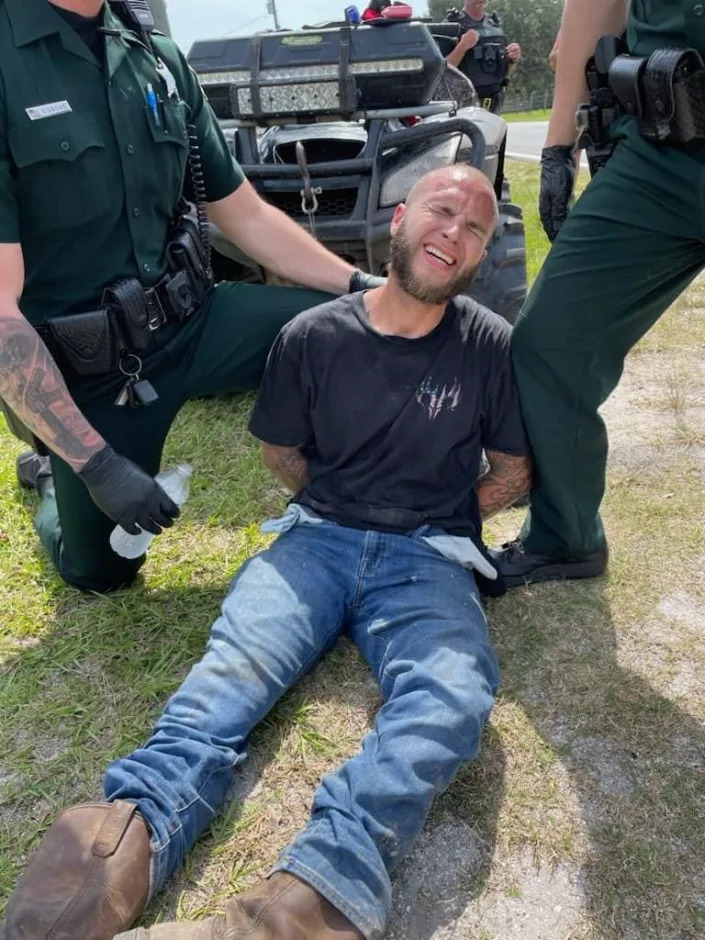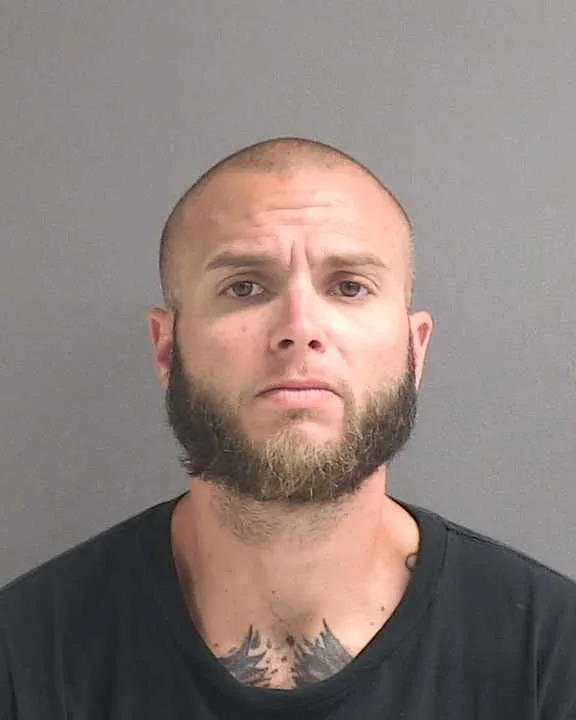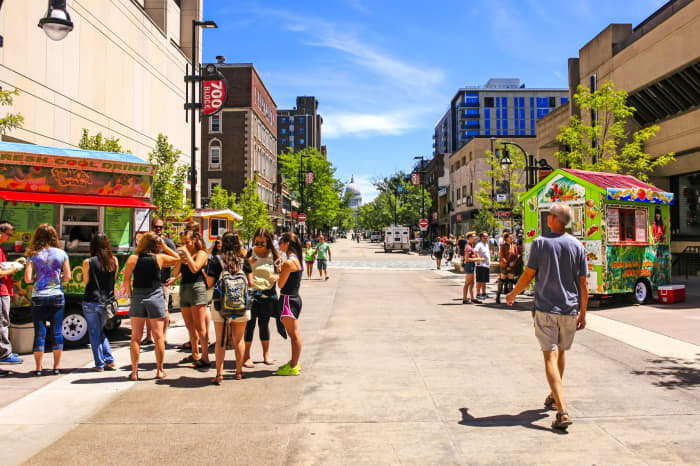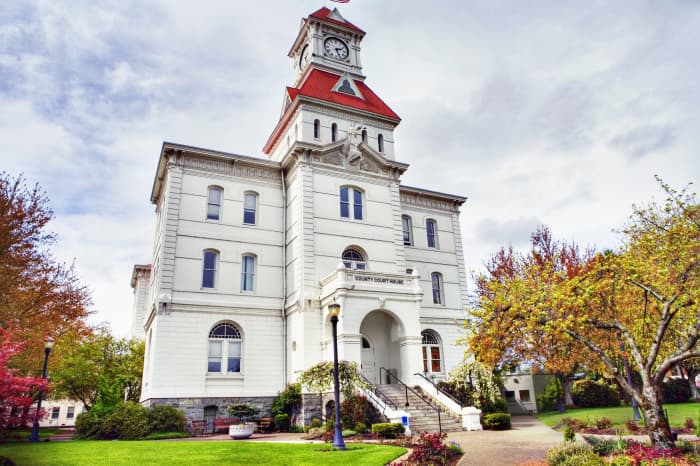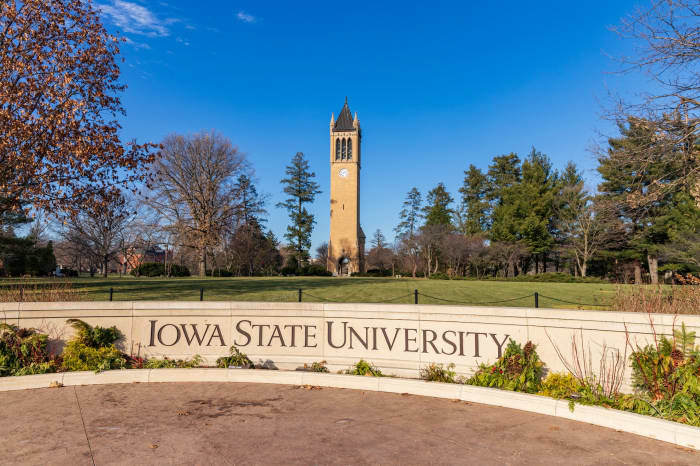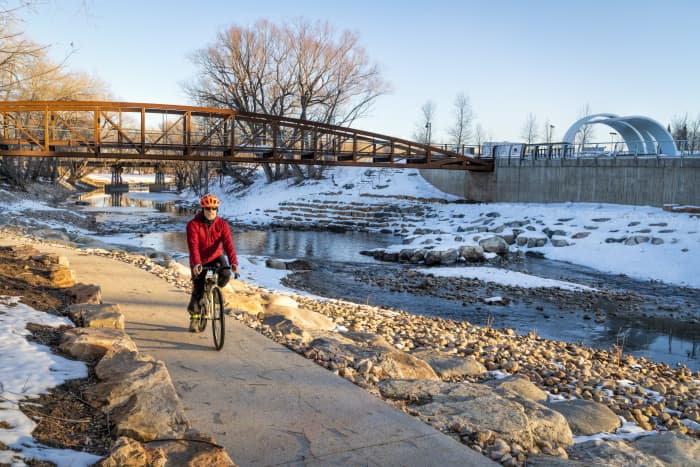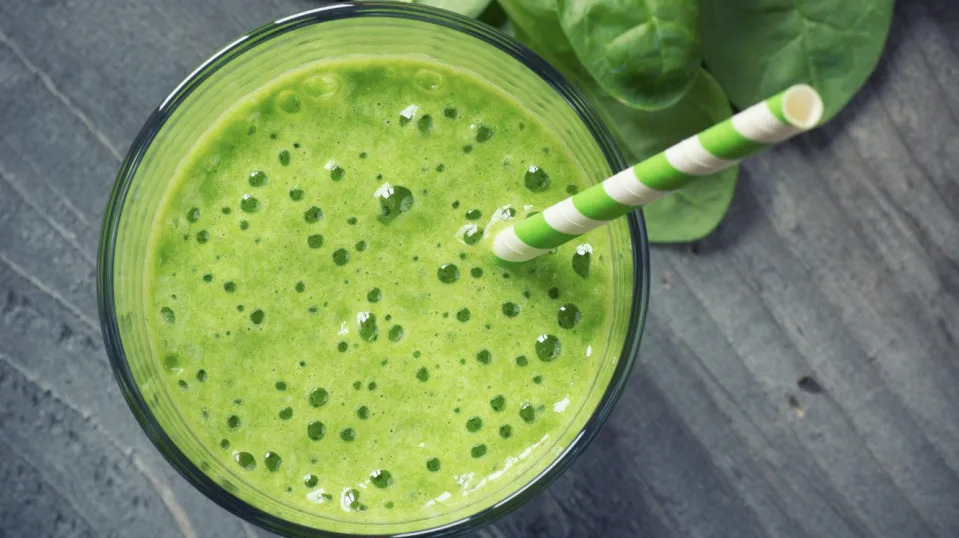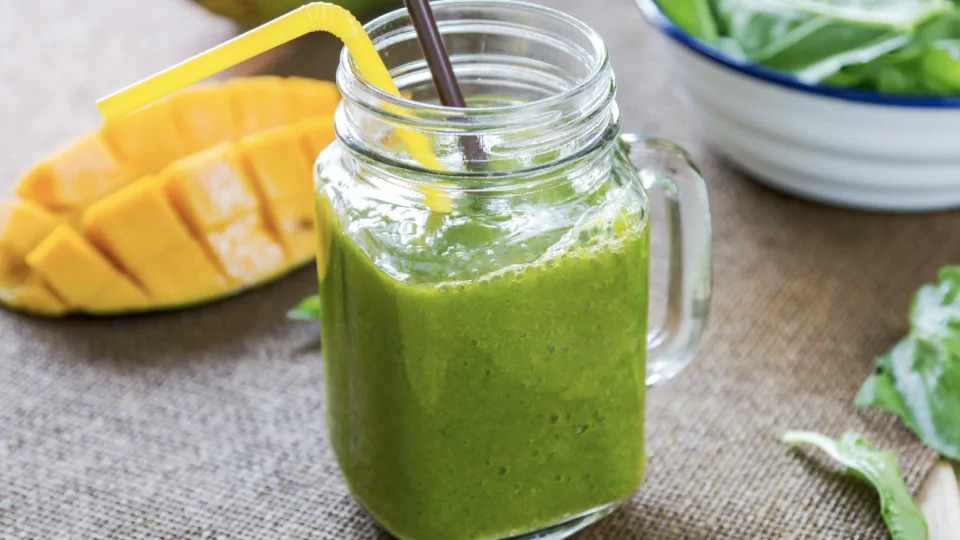The Telegraph
Tens of thousands of extra patients to get access to wonder obesity jab Wegovy
Daniel Martin – June 6, 2023

Tens of thousands of extra people will get access to a new wonder obesity drug after Rishi Sunak called for it to be made available outside hospitals.
The Prime Minister launched a pilot study to see whether the drug Wegovy could be prescribed by GPs – allowing far more to take advantage.
Earlier this year, the National Institute for Health and Care Excellence (NICE) decided that obese people with heart conditions should be able to receive the drug Wegovy free on the NHS.
The drug has been proven to help adults living with obesity lose more than 15 per cent of their body weight when prescribed alongside diet, physical activity and behavioural support.
But at the moment, NICE says the drug can only be made available in specialist weight management centres based in hospitals – reaching just 35,000 people. If it could be made available outside hospitals it could reach tens of thousands more, Downing Street said.
Mr Sunak has therefore ordered a £40 million pilot to test how the drugs could be made available outside hospitals – including through GP prescriptions.
But there are supply issues with the drugs. The company making Wegovy has said that unprecedented demand means that large quantities may not be available for months.
The Prime Minister said: “Obesity puts huge pressure on the NHS.
“Using the latest drugs to support people to lose weight will be a game-changer by helping to tackle dangerous obesity-related health conditions such as high blood pressure, diabetes and cancer – reducing pressure on hospitals, supporting people to live healthier and longer lives, and helping to deliver on my priority to cut NHS waiting lists.”
Earlier this year, NICE recommended the use of Semaglutide (brand name, Wegovy) for adults with a body mass index of at least 35 and one weight-related health condition – such as diabetes or high blood pressure. Other drugs are currently under consideration in clinical trials.
There is evidence from clinical trials that, when prescribed alongside diet, physical activity and behavioural support, people taking a weight-loss drug can lose up to 15 per cent of their body weight after one year. Taking them alongside diet, physical activity and behavioural support can help people lose weight within the first month of treatment.
Obesity is one of the leading causes of severe health conditions such as cardiovascular disease, diabetes and cancer, and it costs the NHS £6.5 billion a year. There were more than one million admissions to NHS hospitals in 2019/2020 where obesity was a factor.
NICE advises that Wegovy should only be available via specialist weight management services, which are largely hospital based. This would mean only around 35,000 people would have access to Wegovy, when tens of thousands more could be eligible.
The £40m pilot will explore how approved drugs can be made safely available to more people by expanding specialist weight management services outside of hospital settings.
This includes looking at how GPs could safely prescribe these drugs and how the NHS can provide support in the community or digitally – contributing to the Government’s wider ambition to reduce pressure on hospitals and give people access to the care they need where it is most convenient for them.
Obesity and cancer
Steve Barclay, the Health Secretary said: “Obesity costs the NHS around £6.5bn a year and is the second biggest cause of cancer.
“This next generation of obesity drugs have the potential to help people lose significant amounts of weight, when prescribed with exercise, diet and behavioural support.
“Tackling obesity will help to reduce pressure on the NHS and cut waiting times, one of the Government’s five priorities, and this pilot will help people live longer, healthier lives.”
Professor Sir Stephen Powis, the NHS medical director, said: “Tackling obesity is a key part of the NHS Long Term Plan – it can have devastating consequences for the nation’s health, leading to serious health conditions and some common cancers as well as resulting in significant pressure on NHS services.
“Pharmaceutical treatments offer a new way of helping people with obesity gain a healthier weight and this new pilot will help determine if these medicines can be used safely and effectively in non-hospital settings as well as a range of other interventions we have in place.
“NHS England is already working to implement recommendations from NICE to make this new class of treatment available to patients through established specialist weight management services, subject to negotiating a secure long-term supply of the products at prices that represent value for money taxpayers.”
Related
Yahoo! Life
What is Wegovy? The Hollywood weight loss drug which could soon be offered by GPs
Marie Claire Dorking, Contributor, Yahoo Life UK – June 7, 2023
Watch: £40m pilot scheme launched to increase access to weight-loss drugs and cut NHS waiting lists
Access to a new weight loss drug on the NHS, described as a “game-changer” by Rishi Sunak, is set to be increased.
The PM made the comments while announcing a £40 million pilot scheme to increase access to specialist weight management services in a bid to combat obesity.
The government wants to tackle the health problems and £6.5 billion cost to the NHS of obesity by making it easier to access weight-loss treatments through GPs.
The National Institute for Health and Care Excellence (Nice) gave approval for the use of appetite suppressant Wegovy earlier this year, but said it should only be available through specialist services which are largely hospital-based.
But the government is keen to explore how approved drugs can be made available to more people by looking at how GPs could safely prescribe the drugs.
Wegovy, or semaglutide, is usually prescribed as a type 2 diabetes medication that blunts appetite.
It has the same ingredient as Ozempic, which has been causing a stir recently having said to be used by celebrities to manage their weight.
But experts have warned that there could be some side effects to using the drug as an aid to weight loss, without medical supervision, with Dr Amir Khan previously appearing on both GMB and Lorraine to issue some advice.https://flo.uri.sh/visualisation/14034102/embed?auto=1
Here’s everything you need to know about Wegovy or Ozempic in 11 points.
What is Ozempic? Ozempic, Ryblesus and Wegovy are all brand names for a compound called semaglutide. The drug is typically used as a diabetes medication, can be prescribed in various doses and can be in the form of a weekly injection – administered in the stomach, thigh or arm – or a daily oral tablet.
The drug reportedly reduces appetite. “It is a hormone that our guts naturally produce,” explained Dr Amir Khan on ITV’s Lorraine. “It sends messages up to the pancreas to start producing insulin. But one of the side effects is it slows down the movement of food in the gut so you stay fuller for longer and you don’t have much of an appetite. That means you eat less which results in weight loss.”
The drug is rumoured to be secretly used by many Hollywood stars. At the Critics Choice Awards earlier this year Chelsea Handler hinted that many celebrities were taking the injectable. “Like when celebrities joke they lost weight by drinking water, but really it’s because everyone’s on Ozempic,” she joked. “Even my housekeeper’s on Ozempic.”
Searches on social media also link the Kardashians with the drug. But despite Kim Kardashian never confirming her use of Ozempic and her sister, Khloe, issuing a statement denying that she’d used it, it continues to clock up hashtags.
Other celebrities have openly admitted using the drug as a weight loss aid including Elon Musk, who told Twitter he’d tried it. The Tesla founder said the once-weekly injectable was his secret weapon for being “down 30lbs”. Jeremy Clarkson also recently discussed using the drug in a bid to lose weight and help prevent type 2 diabetes.
It’s causing quite the buzz online. Thanks to its reputation as the weight loss drug du jour, Ozempic is quickly clocking up views and shares on social media. On TikTok the hashtag #ozempic already has 1.1 billion views and counting, while Instagram is littered with users sharing their “Ozempic journey” to weight loss.
The drug was hailed a potential ‘game changer’ during an official UK study. It first started causing a buzz in the UK as a weight management tool after a University College London study, published in The New England Journal of Medicine, found just over a third (35%) of people who took it for obesity lost more than a fifth of their total body weight.
Ozempic does come with risks. Dr Amir Khan warned that side effects of the medication could include “nausea, vomiting, feeling bloated, diarrhoea, but in some, more serious, cases it can cause inflammation of the pancreas, that’s pancreatitis.”
He added it can also cause gall bladder problems. “It can even cause kidney failure,” he said, “so really it should only be available on prescription. I do prescribe it to my patients living with type 2 diabetes, but it’s very carefully monitored. It is not just given online.”
Eating disorder charities also have concerns. “Weight-loss medications like semaglutide can be extremely attractive to people with eating disorders as they appear to provide quick results,” Tom Quinn, Beat’s director of external affairs, explains.
“However, these medications can be very dangerous as they can worsen harmful thoughts and behaviours for those unwell, or contribute to an eating disorder developing for someone who is already vulnerable.”
Doctors say weight loss medications aren’t a magic cure. The NHS advises speaking to your GP for advice about losing weight safely “by eating a healthy, balanced diet and doing regular physical activity”.
They can also let you know about other useful services, such as local weight loss groups (either provided by the NHS or your local council, as well as private clubs that you pay for) and “exercise on prescription” (where you’re referred to a local active health team for sessions with a qualified trainer).
Additional reporting PA.View commentshttps://s.yimg.com/rq/darla/4-11-1/html/r-sf.html
Related
Reuters
Weight-loss drugs pilot to begin in UK amid uncertainty over Wegovy launch
Ludwig Burger and Maggie Fick – June 6, 2023

(Reuters) – Britain plans to launch a pilot programme exploring how new weekly weight-loss shots such as Novo Nordisk’s Wegovy can be given to obese patients by general practitioners even as the drug’s market launch remains unclear.
The government’s announcement on the 40-million-pound ($50 million) pilot programme comes after drug cost-effectiveness watchdog NICE in March recommended the use of Wegovy in adults with at least one weight-related condition and a body mass index of 35, but only within the National Health Service’s (NHS) specialist weight management scheme.
The timing of Wegovy’s launch in Britain – which would be only the fourth country to use it – is uncertain, however, after Novo last month rationed starter doses to secure supply to U.S. patients already on the regimen, after it was overwhelmed by demand there.
British Prime Minister Rishi Sunak said on Wednesday the pilot and fighting obesity-related diseases could reduce pressure on hospitals.
It would also support “people to live healthier and longer lives, and helping to deliver on my priority to cut NHS waiting lists”.
The NHS endured a tough winter in England in particular, with waiting lists hitting record highs and staff striking for higher pay amid double-digit inflation.
Obesity is one of the leading causes of severe health conditions such as cardiovascular disease, diabetes and cancer, and costs the NHS 6.5 billion pounds a year.
The government said that NICE, short for the National Institute for Health and Care Excellence, was also considering potential use of Eli Lilly’s Mounjaro, also known as tirzepatide, currently licensed to treat diabetes but expected to win approval to treat obesity as well.
The two-year pilot will be launched after the new weight loss drugs are available in the UK, it said.
DELAYS
Novo’s inability to keep up with U.S. demand for Wegovy has effectively delayed the launch in Britain and elsewhere in Europe. It has also had to overcome production problems at a contract manufacturer.
A company spokesperson would not comment on any commitment to supply the programme, but said there had been preliminary discussion on the role of treating obesity as part of the UK government’s ambition to bring people back into the workforce.
Eli Lilly said that its Mounjaro drug could be part of the solution, once approved.
The British government said that only 35,000 people would have access to Wegovy under the specialist hospital services, but tens of thousands more could be eligible.
Phil McEwan, CEO of health economics consultancy Heor Ltd in Cardiff, who advises Novo on market access, said the need for specialist services would have been a major bottleneck.
“You have to be referred to specialist care and that’s not the easiest thing to do. The challenge will be to access reimbursement,” he said.
Keen interest in the treatment is already showing elsewhere. One of Britain’s largest pharmacy chains, Superdrug, said its remote prescriptions service was anticipating significant demand.
“Superdrug Online Doctor has seen five time anticipated levels of registration,” a spokesperson told Reuters in April, declining to give numbers.
Outside the U.S., Wegovy has only been launched in Denmark and Norway but major medical insurance schemes there will not pay for it, saying the health benefits would not justify the extra budgeting.
Britain’s move is likely to heat up a debate about whether a drug is the right answer to the growing public health problem of obesity or whether there are other ways to encourage healthier lifestyles.
Duane Mellor, a dietitian and senior lecturer at Aston University’s medical school, said drugs like Wegovy were a tool, not the solution.
“It’s a political decision to say the government is doing something to tackle health issues linked to obesity … we need to be much braver and bolder in looking at root causes around access to health care and about making healthy food enjoyable.”
Simon Cork, a senior lecturer in physiology at Anglia Ruskin University, said obesity had been shown to be “incredibly difficult” to manage through diet and exercise alone and that Wegovy and similar drugs offered a step change.
“Hence the excitement from the general public and why the UK government seems to be pushing to make the drug available widely,” he said.
Wegovy works by mimicking a hormone called glucagon-like peptide-1 (GLP-1) that triggers the feeling of fullness in the body after eating.
Trials showed it leads to an average weight loss of around 15%, alongside changes to diet and exercise.
($1 = 0.8051 pounds)
(Reporting by Ludwig Burger in Frankfurt, Maggie Fick in London, additional reporting by Anusha S in Bengaluru and Helen Reid and Alistair Smout in London; editing by Lincoln Feast, Mark Potter and Jane Merriman)





